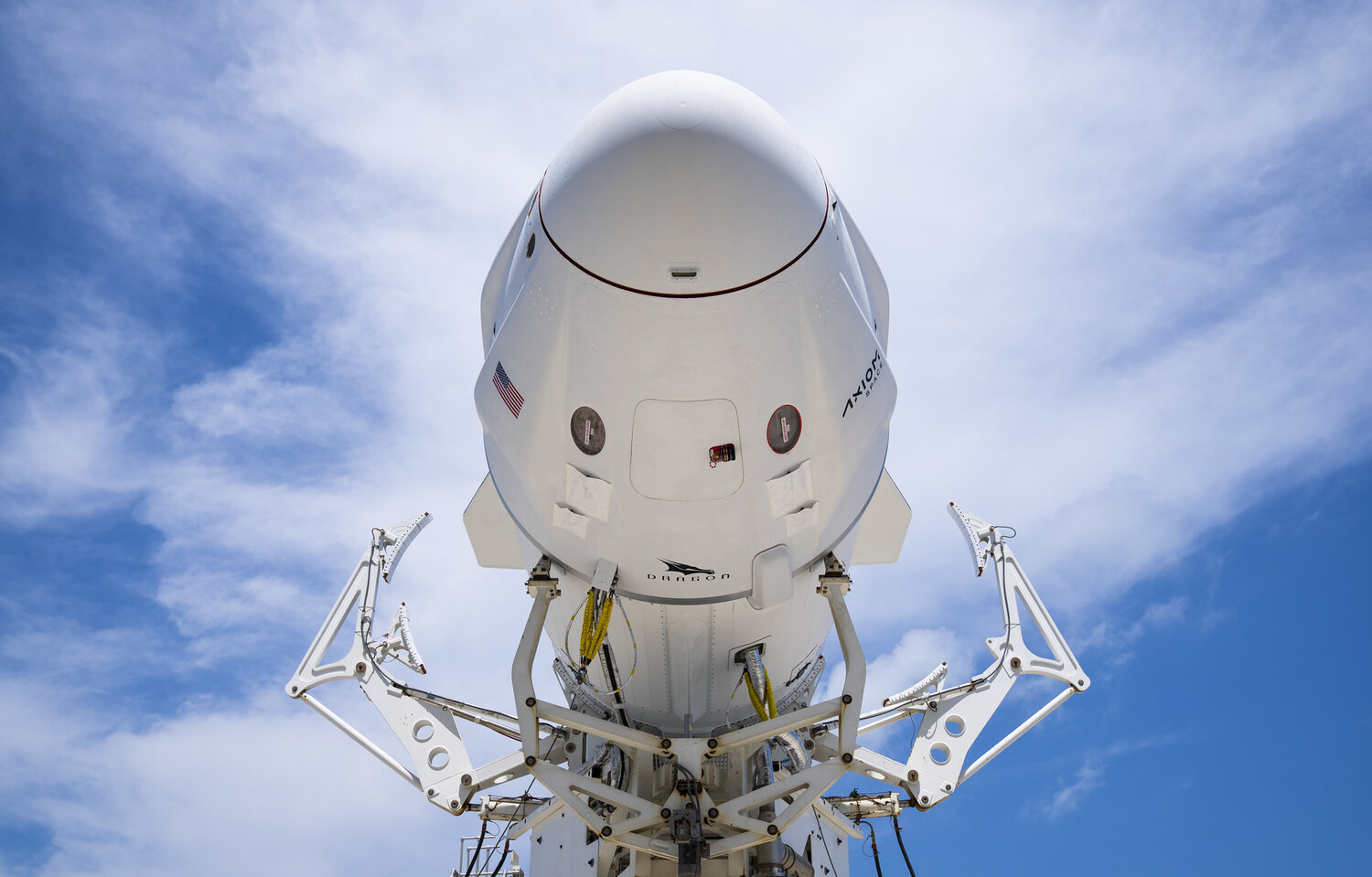
Three entrepreneurs from three nations, together with America’s most experienced spacewalker, are primed to launch from historic Pad 39A at the Kennedy Space Center (KSC) in Florida early Friday, bound for the first all-private crewed trip to the International Space Station (ISS).
Seasoned shuttle astronaut, veteran ISS commander and current AxiomSpace, Inc., senior executive Mike Lopez-Alegria will command the ten-day Ax-1 mission, set to fly no sooner than 11:17 a.m. EDT. Joining him aboard SpaceX’s Dragon Endeavour spacecraft will be America’s Larry Connor, Canada’s Mark Pathy and Israel’s Eytan Stibbe. During their eight days aboard the ISS, the quartet will support 25 scientific, educational and outreach investigations, totaling around 100 hours.
On Tuesday, 5 April, the 230-foot-tall (70-meter) Falcon 9 booster, with Dragon Endeavour perched at its tip, was rolled out to Pad 39A. And just yesterday (Wednesday), the previously-flown booster underwent a customary Static Fire Test of its nine Merlin 1D+ engines. The core, designated “B1062”, already has four past missions to its credit, making it the most flight-seasoned SpaceX booster yet to launch a crew.
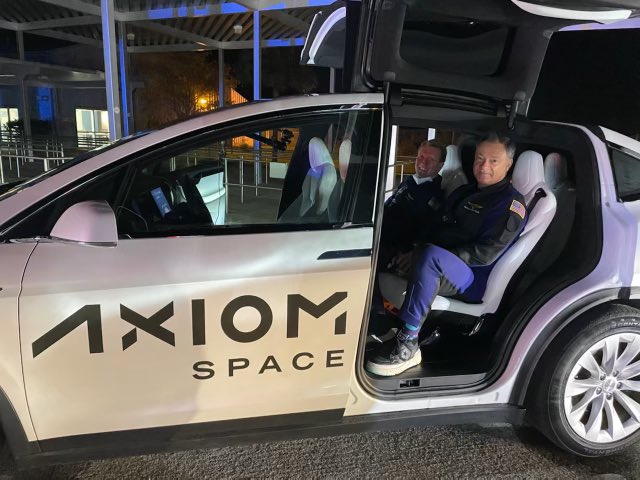
First flown in November 2020, B1062 delivered a pair of Block III Global Positioning System (GPS) navigation and timing satellites into Medium Earth Orbit (MEO) on two missions for the U.S. Space Force, then lifted the four-person Inspiration4 crew to low-Earth orbit aboard Dragon Resilience last September and 49 Starlink internet communications satellites in January 2022.
As such, Ax-1 will fly atop the most-flown Falcon 9 core ever entrusted with humans. Back in May 2020, NASA astronauts Doug Hurley and Bob Behnken rode a brand-new booster for their historic Demo-2 mission, as did Crew-1 the following November, but last year’s Crew-2 and Crew-3 both used Falcon 9 cores which had flown once before. Last September’s all-civilian Inspiration4 was the first crewed flight on a three-times-flown booster and Crew-4 later this month will launch atop B1067 on its fourth launch.
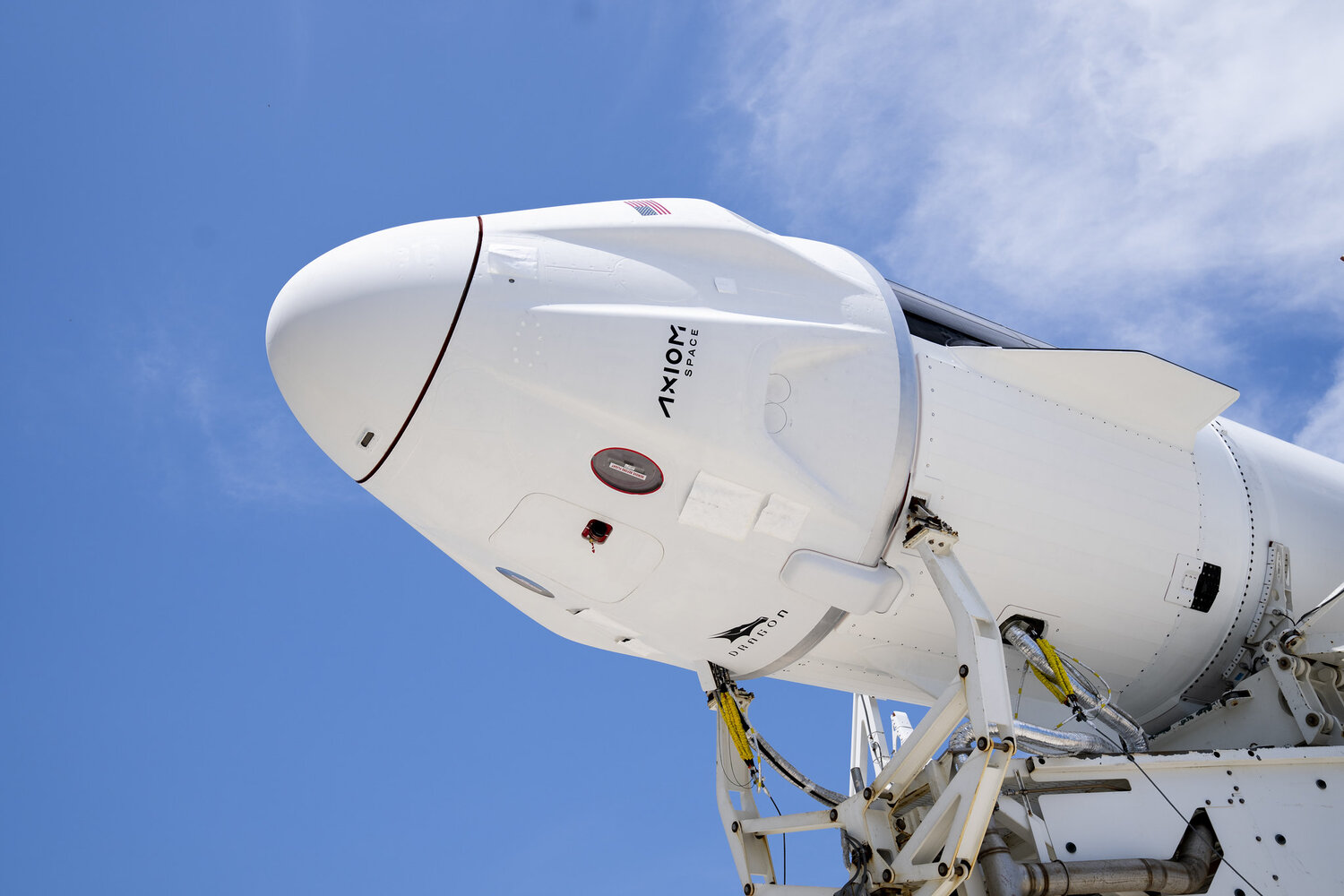
Weather conditions for both Friday and Saturday are expected to be 80-percent favorable, improving to over 90 percent by Sunday. A strong cold front is expected to move across the Spaceport tonight, ending an unstable weather regime of scattered thunderstorms. The primary violating factor on Friday is “any lingering mid-level cloudiness”, according to the 45th Weather Squadron at Patrick Space Force Base.
In the event of a slip to Saturday, gusty liftoff winds add to the picture, followed by “a spectacular day Sunday”, with significantly weakened winds. However, SpaceX noted that “teams are monitoring conditions along the ascent corridor”.
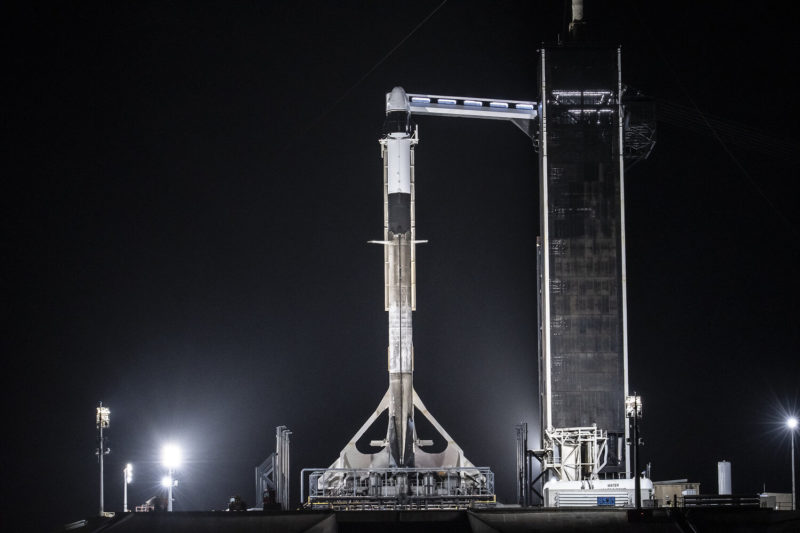
The four-man Ax-1 crew has been in formal preparation for this mission for more than a year, as AxiomSpace aims for at least four private flights to the ISS by 2023, before launching the first elements of its expansive “Axiom Station” to the ISS no sooner than the fall of 2024.
In January of last year, Lopez-Alegria—a four-time NASA astronaut and currently AxiomSpace’s vice president for business development—together with Connor, Pathy and Stibbe were assigned to Ax-1 and began active training at SpaceX’s facilities in Hawthorne, Calif., late last summer.
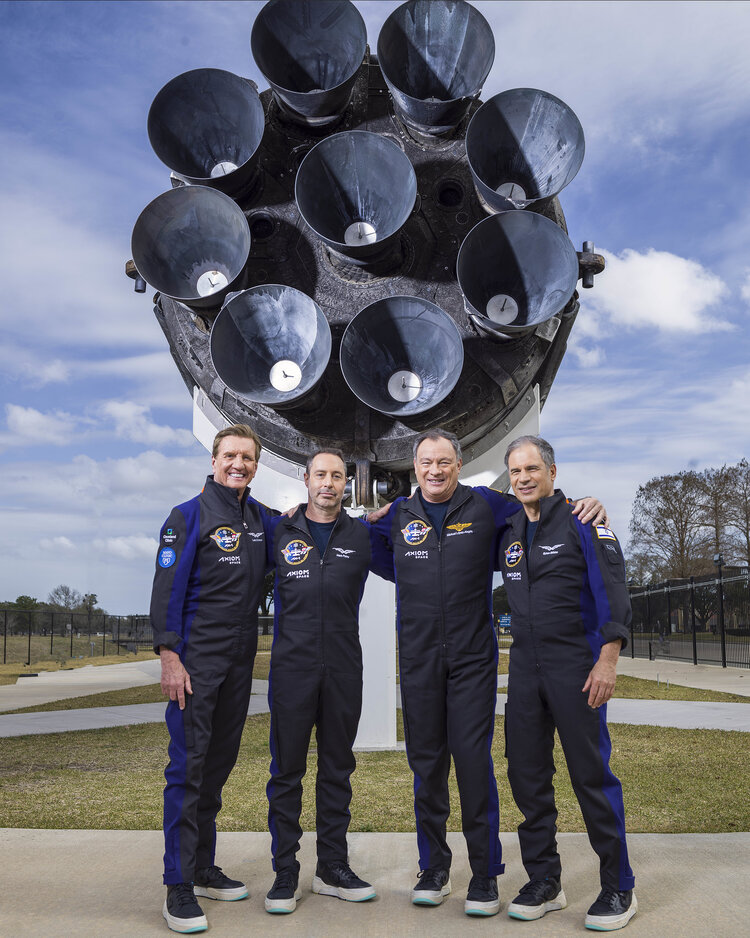
Also in training is America’s most flight-seasoned astronaut and the first woman to command a space station, Peggy Whitson, who currently serves as AxiomSpace’s director of human spaceflight. She will command the ten-day Ax-2 mission, targeted for launch in early 2023, with entrepreneur John Shoffner as her pilot.
Two additional seats on the Ax-2 mission remain open, although AmericaSpace understands that several potential “takers” are awaiting the successful completion of Ax-1 before committing their signatures to contracts.
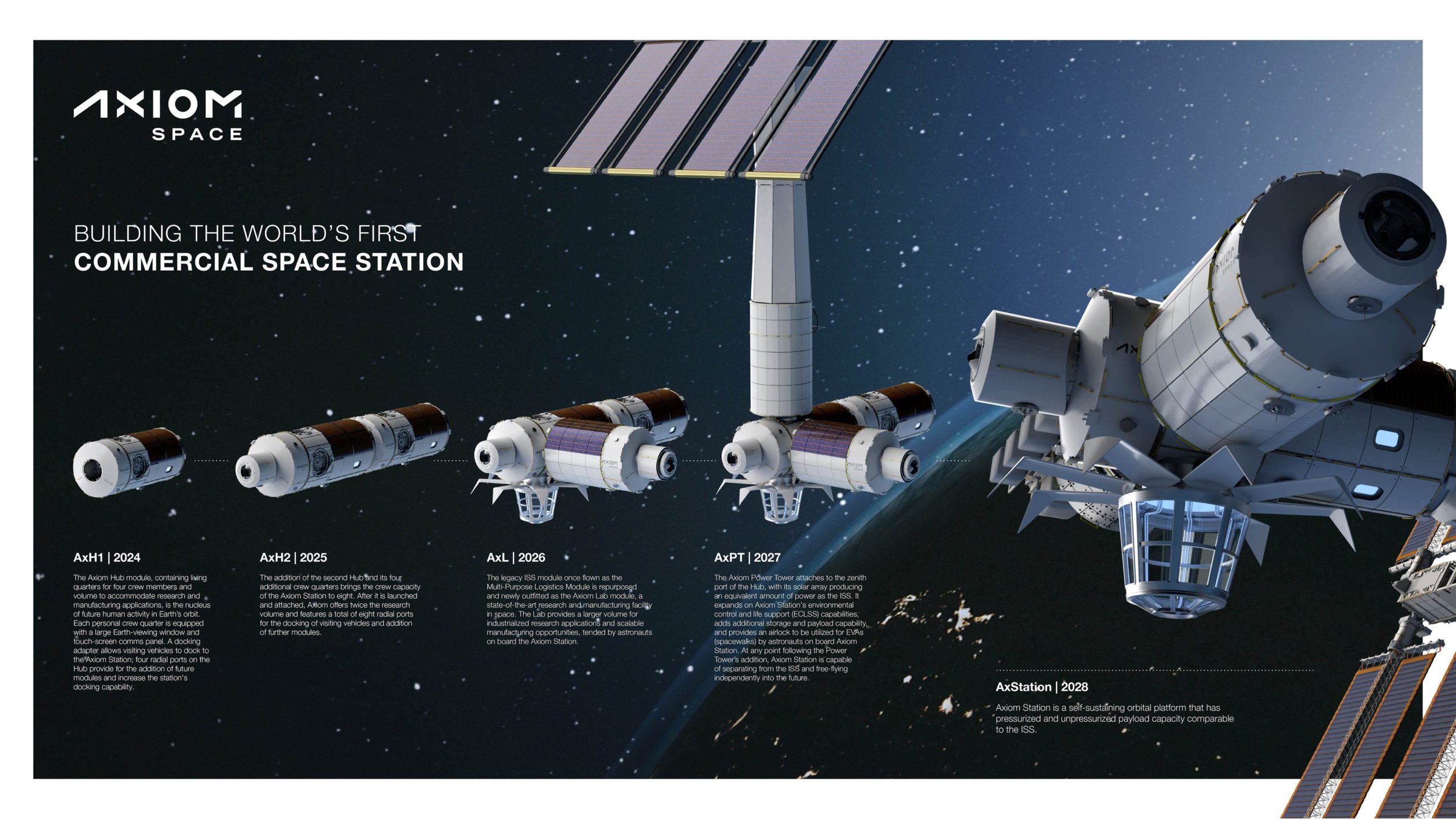
After that, the crews of the Ax-3 and Ax-4 missions may spend up to 30 days apiece at the ISS, as the Houston, Texas-based AxiomSpace—headed by former NASA senior leader and veteran ISS Program Manager Mike Suffredini—prepares to deliver its own suite of research and habitation modules to the station, beginning in late 2024. Those modules will dock at the forward end of the U.S. Operational Segment (USOS). And following assembly of this expansive “Axiom Station”, it will be undocked to become a self-sustaining outpost when the ISS is retired at some point after 2030.
Speaking last week, Suffredini noted that Ax-1 is very much “a precursor mission” for Axiom Station, whilst Whitson added that this “very complex flight” has required the crew to undertake hundreds of hours of training in support of 25 experiments which run the gamut from genetics and aging to heart health and the environment to innovation and technology.
Connor noted that the crew’s total training time has amounted to 750-1,000 hours and that the crew aims to conduct about 100 hours of dedicated research aboard the ISS during their eight days aboard. It has been, said Pathy, “a very intense year and very stimulating”, although he acknowledged that “the best is yet to come”.
The crew will carry their own personal mementoes with them to the station, with Stibbe—a close friend of Israel’s first astronaut, Ilan Ramon, who died aboard Columbia in February 2003—set to take copies of surviving pages from Ramon’s in-space diaries. And Connor, a native of Dayton, Ohio (from where the Wright Brothers also hailed) will take pieces of cloth from their famous Flyer. But despite originating from the same state which produced such space luminaries as John Glenn and Neil Armstrong, Connor admits that “I absolutely do not put myself in their league”.
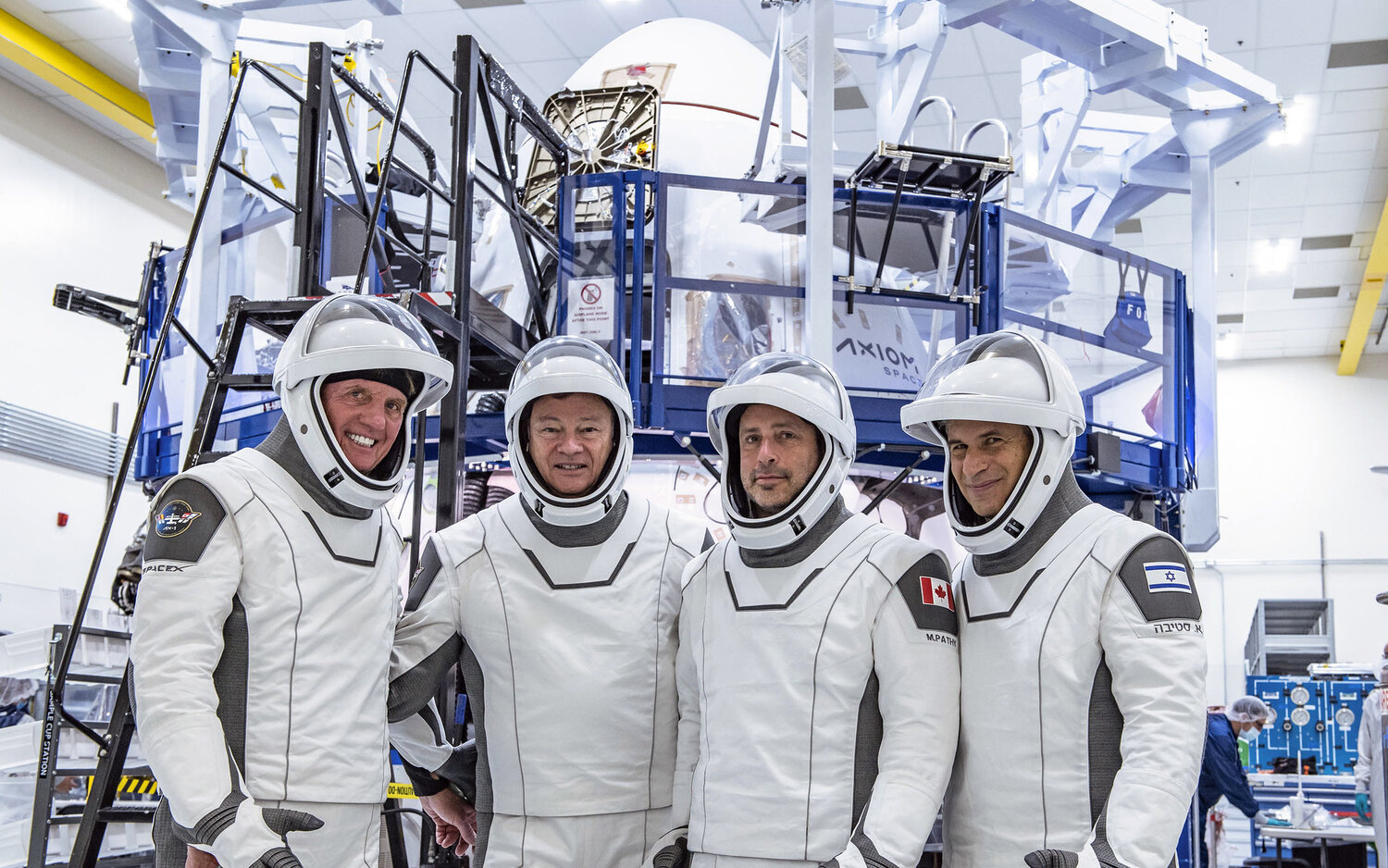
In fact, Connor’s thoughts on the Ax-1 mission can be distilled into three points. Firstly, he is keen for the crew to set high expectations and standards for the Axiom flyers to follow. Secondly, he seeks to differentiate the Ax-1 crew from “space tourists”. And thirdly, and arguably most importantly, all four crewman carry the weighty responsibility to execute the mission successfully and correctly.
As a veteran astronaut with three shuttle missions and a lengthy ISS increment to his credit, Lopez-Alegria described Ax-1 as “opening a new era in human spaceflight” which will “bring working, living and research in space to a much broader and international audience”. He said that having the chance to fly this mission—a decade after he left NASA and more than 15 years since his last spaceflight—“borderlines on storybook for me” and is very much “like waking up and going back into a dream”.
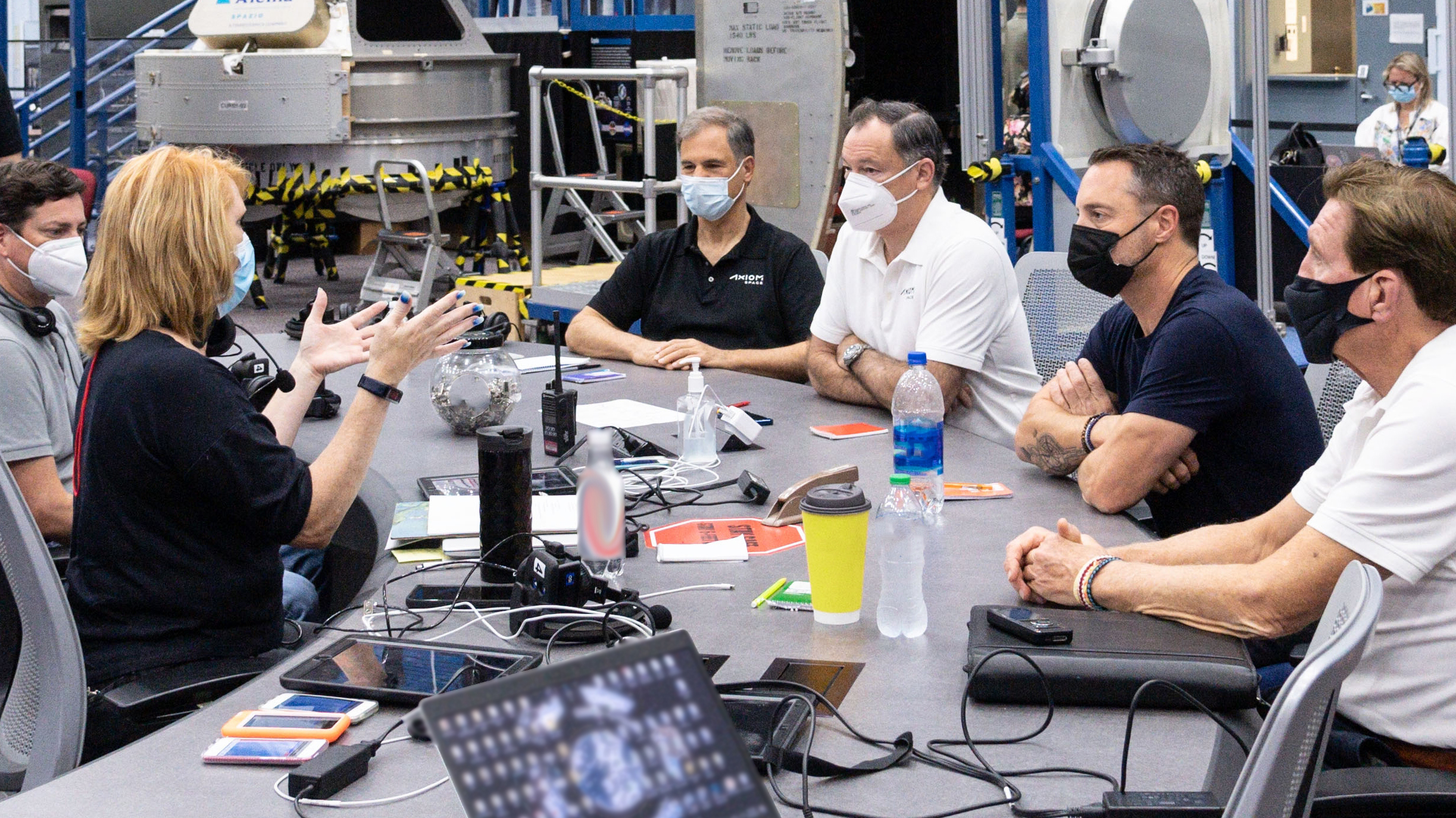
The crew completed training in the second week of March and entered formal quarantine late last month. “We chose not to the Government/NASA facility for our quarantine,” explained Lopez-Alegria. “I believe the first week of the NASA quarantine, you’re allowed to do it at home, as long as you maintain a certain level of caution with regard to health stabilization. It’s a good place for us to start, because we want to be as compliant as we can and make sure we don’t bring any “bad” up to the ISS.”
Launch of Ax-1 was originally scheduled for February, but was pushed to late March and eventually early April to allow additional time to ready SpaceX’s twice-flown Dragon Endeavour for her third mission. Previous plans saw her sister ship, Dragon Resilience, earmarked for this flight.
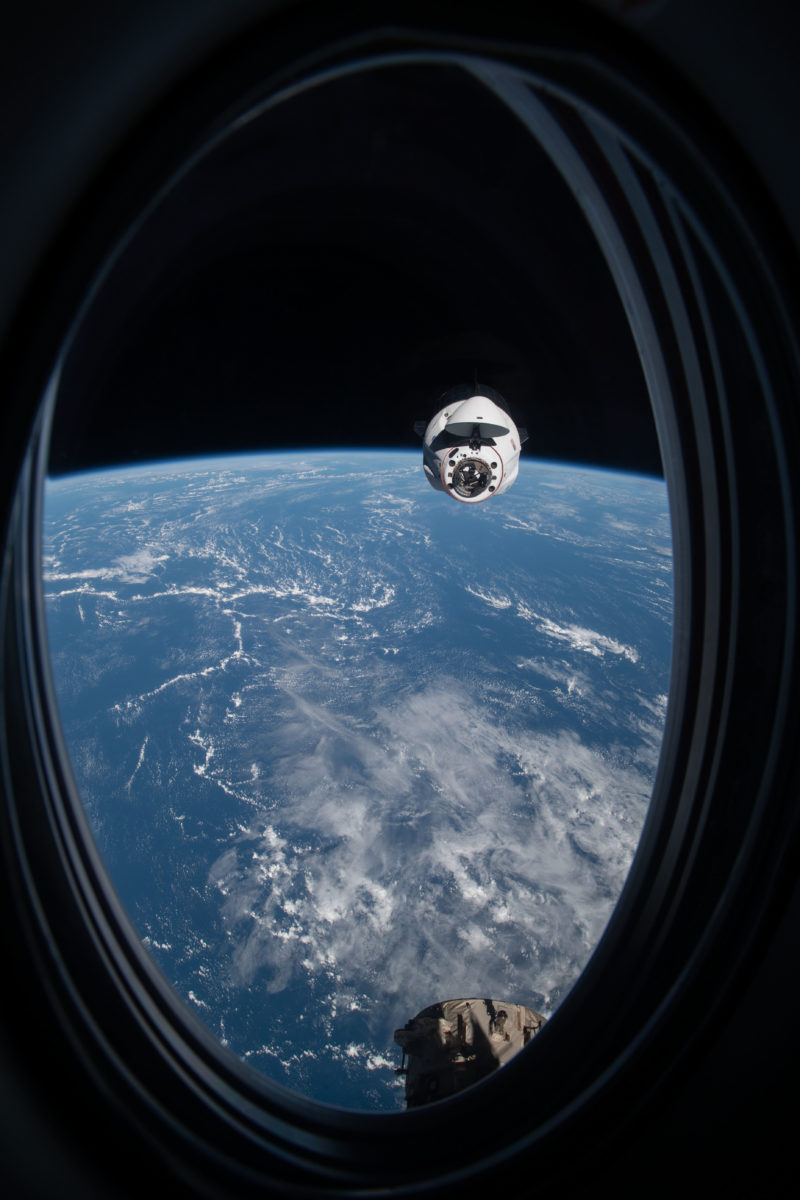
However, since Resilience previously supported last September’s Inspiration4—with a unique cupola window in place of her docking apparatus—it was elected to shift to Endeavour, which already had the ISS rendezvous hardware in-situ following her Crew-2 mission, which returned to Earth last November.
But as the Ax-1 Static Fire Test and launch campaign jostled on the Eastern Range with ongoing Artemis-1 Wet Dress Rehearsal activities at KSC’s storied Pad 39B, the mission found itself pushed back from 3 April to 6 April and eventually the 8th.
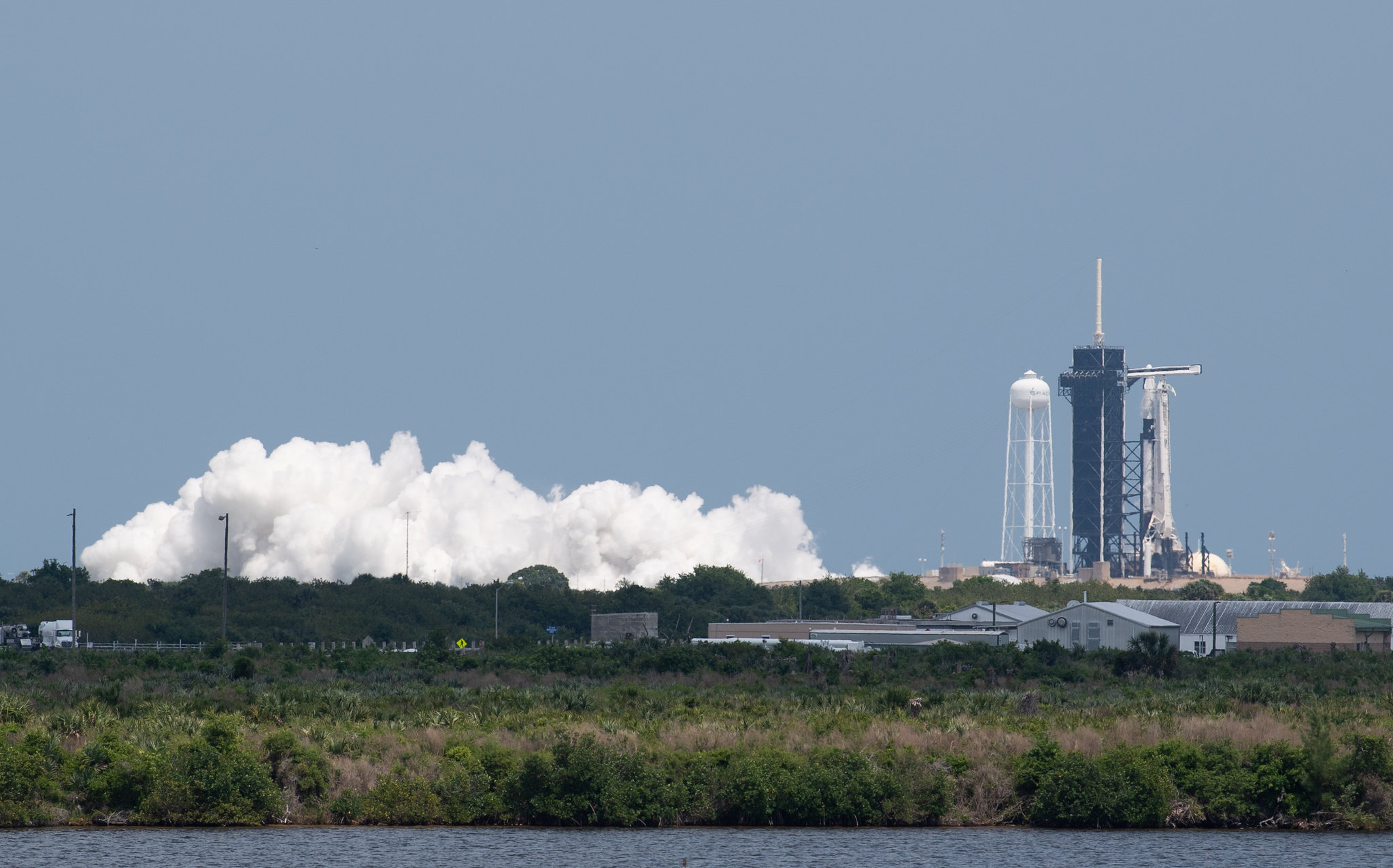
An on-time launch at 11:17 a.m. EDT tomorrow will set up conditions for a 20-hour and 15-orbit rendezvous profile, leading up to an autonomous docking of Dragon Endeavour at the station’s forward-facing Harmony node around 6:45 a.m. EDT Saturday. And after customary pressurization and leak checks, hatches will be opened about 9:30 a.m. EDT and Lopez-Alegria, Connor, Pathy and Stibbe will be welcomed aboard by Expedition 66 Commander Tom Marshburn of NASA and his U.S. crewmates Raja Chari and Kayla Barron, Germany’s Matthias Maurer and Russian cosmonauts Oleg Artemyev, Denis Matveev and Sergei Korsakov.
In readiness for the Ax-1 arrival, the Expedition 66 team began preparations immediately following last week’s return to Earth of Soyuz MS-19 and its crew of Russian cosmonauts Anton Shkaplerov and Pyotr Dubrov, plus record-breaking U.S. astronaut Mark Vande Hei. Last Thursday, the crew began reconfiguring the internal environment of the USOS for the Ax-1 crew “and their mission requirements”.
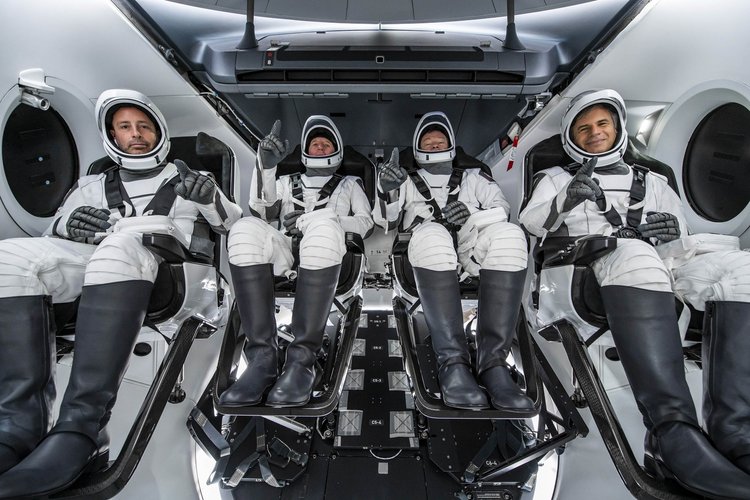
They gathered and staged four headphones and four microphone cables inside the Harmony node and relocated a Station Support Computer (SSC) and connected it to power and data utilities. Earlier this week, the Expedition 66 crew reviewed the Crew Dragon rendezvous procedures and participated in a conference with Ax-1 ground teams.
The arrival of Lopez-Alegria, Connor, Pathy and Stibbe will push the ISS population up to 11 crew members for the third time in under 18 months, its highest level since the twilight of the shuttle era. And in comments by Mike Suffredini, despite being a “private” mission, Ax-1’s crew has full access to the entire station. This, he said, is “not uncommon”, although they will mainly focus their activities in the USOS.
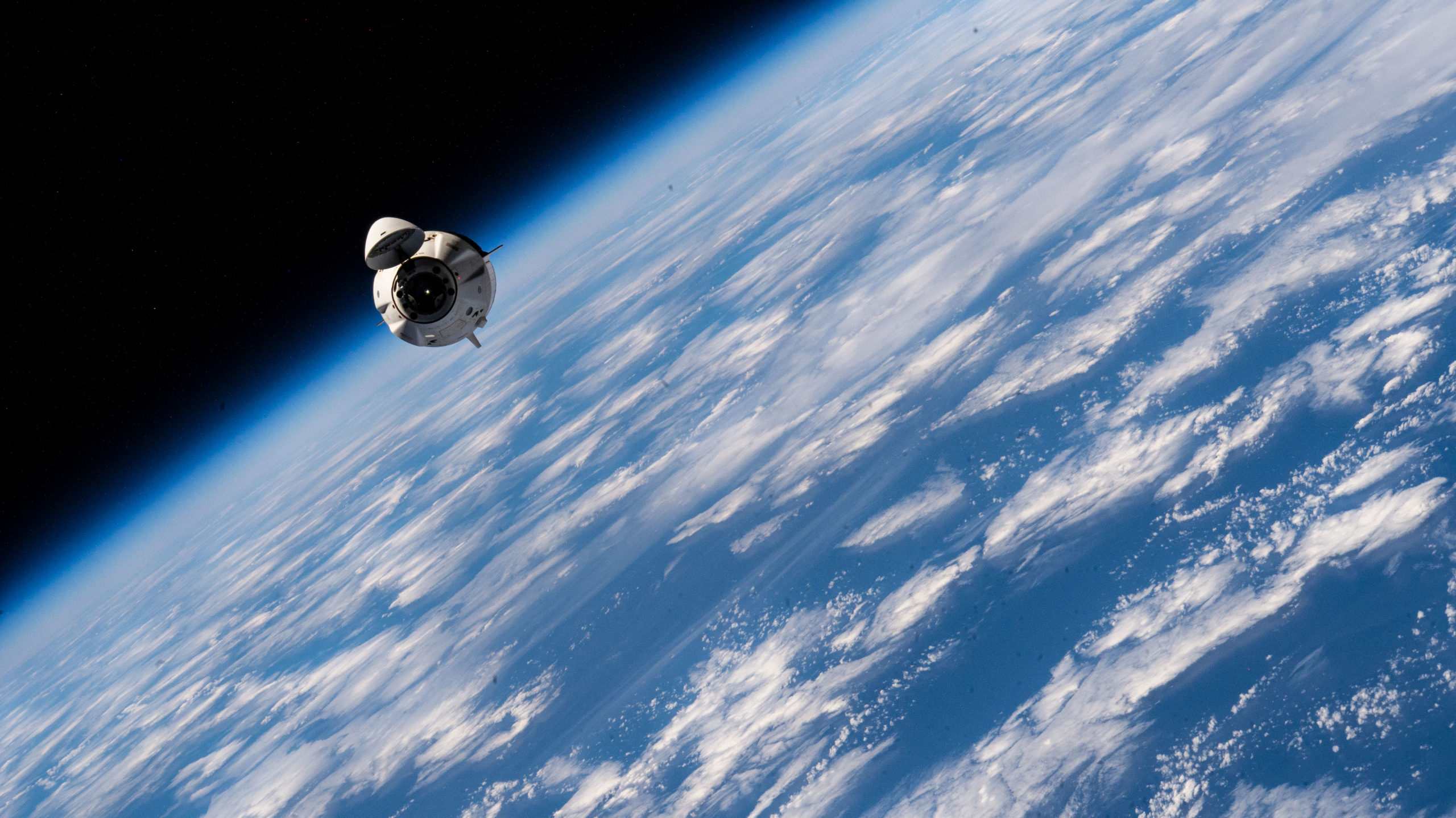
On the opposite side of the United States, on the very same day as Ax-1’s Static Fire Test, a second Falcon 9 also roared to life for a similar pre-launch test. Atop Space Launch Complex (SLC)-4E at Vandenberg Space Force Base, Calif., on Wednesday, the veteran B1071 core—which made its first flight in February to lift the highly secretive NROL-87 payload to orbit for the National Reconnaissance Office—underwent a test of its engines, before it aims to launch the classified NROL-85 on 15 April.
Contracts between SpaceX and the Air Force’s Space and Missile Systems Center (SMC), worth $297 million and signed back in February 2019. All told, they covered the launches of NROL-87, NROL-85 and a third mission, USSF-44 for the Space Force, which is due to fly atop a Falcon Heavy later in 2022.





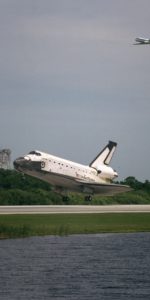
5 Comments
5 Pings & Trackbacks
Pingback:First All-Private Mission Flies, Heads for Space Station - AmericaSpace
Pingback:Ax-1 Crew Arrives Safely at Space Station - AmericaSpace
Pingback:Record-Tying Falcon 9 Lifts 500th Starlink, as Ax-1 Crew Eyes Homecoming - AmericaSpace
Pingback:Dragon Endeavour Splashes Down, Concludes Historic Ax-1 Mission - AmericaSpace
Pingback:Crew-4 Aims for Pre-Dawn Wednesday Launch to Space Station - AmericaSpace